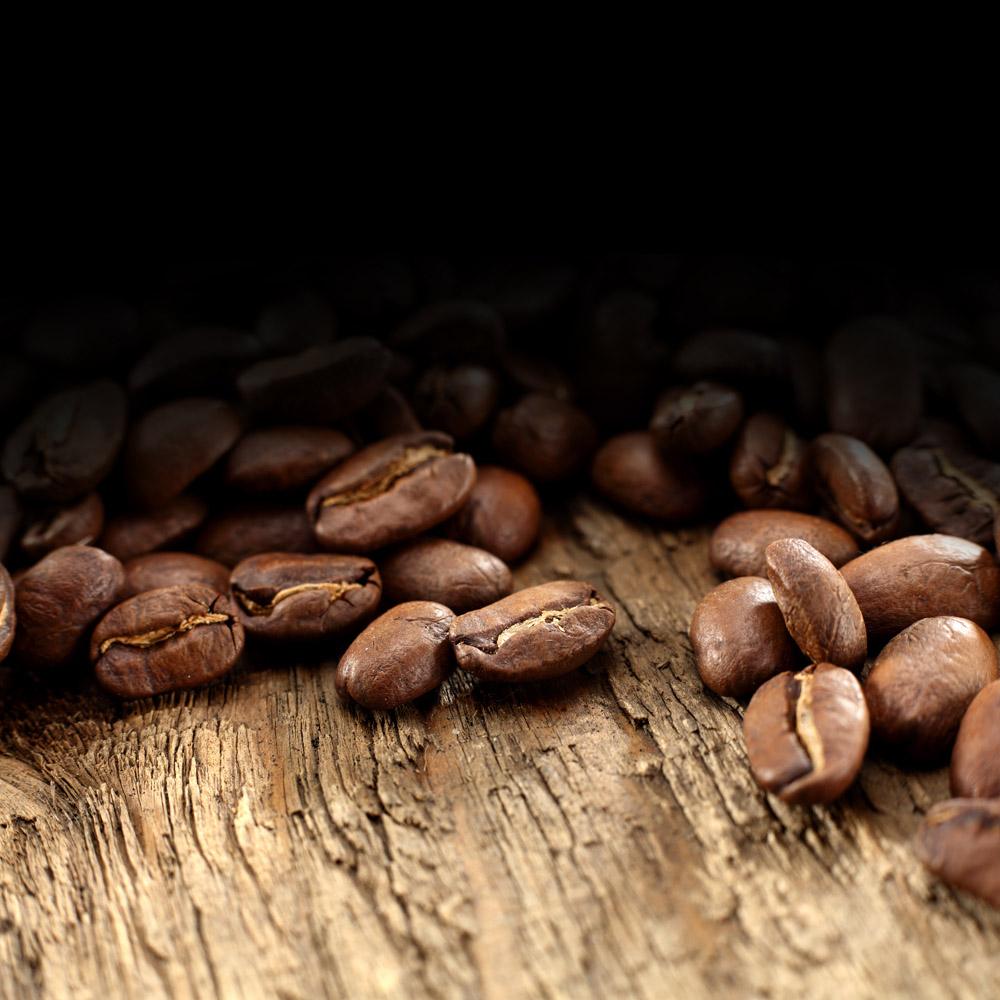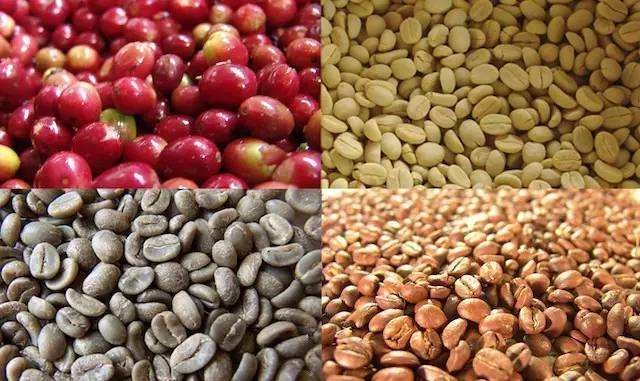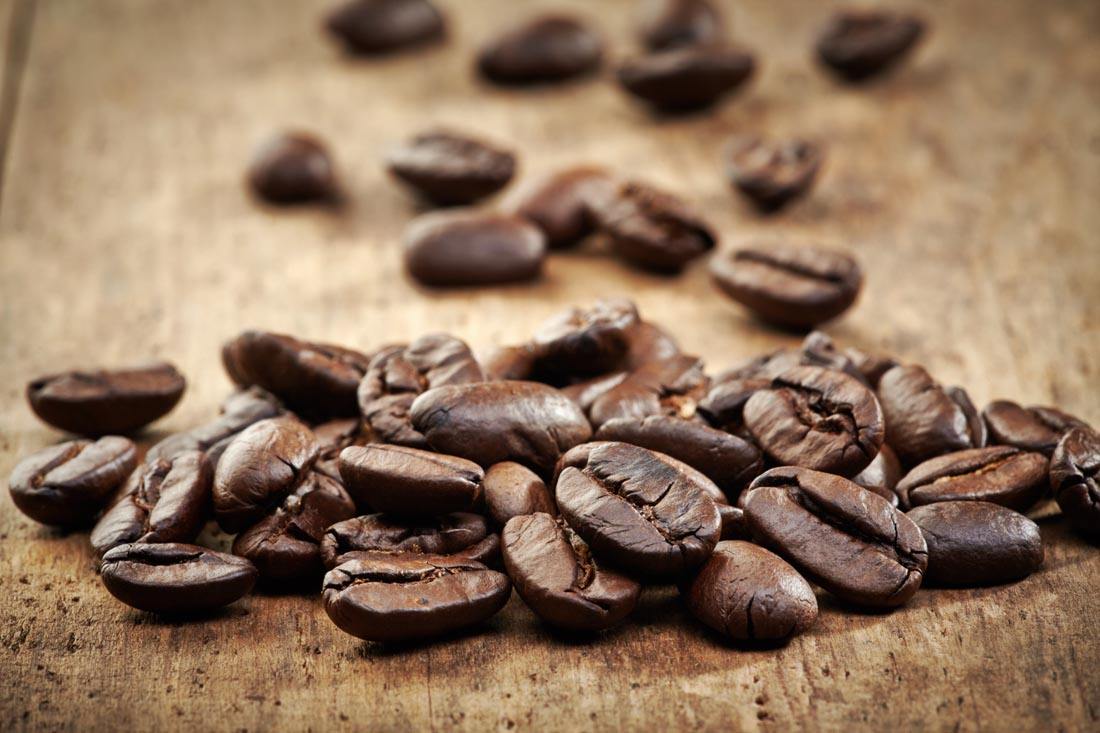Kenyan coffee introduction, Kenyan Jinchu flavor description
Follow the caf é (Wechat official account vdailycom) and found that Beautiful Cafe opened a small shop of its own.
Kenyan coffee
Kenya is bordered to the north by Ethiopia, the origin of Arabica coffee trees, but it was not until the beginning of the 20th century that coffee cultivation began. In the 19th century, missionaries introduced Arabica trees from the leaves, but did not plant them in large quantities. It was not until 1893 that coffee was cultivated on a large scale after the introduction of Brazil's ancient bourbon seeds. That is to say, Kenyan coffee was of Brazilian origin. Due to the differences in water, climate and handling, the taste of Kenyan beans is very different from that of Brazilian beans. Brazilian coffee is planted at a low altitude, with soft texture and no obvious sour taste. In contrast, Kenyan coffee trees are mainly concentrated on the slopes near Mount Kenya, about 4 to 6500 feet above sea level, which is suitable for coffee beans to develop their flavor, because the mountain temperature is lower and the growth is slower, and the aromatic components of coffee beans are fully developed. the acidity of the fruit is more obvious and the texture is harder. In addition, Kenya was an early British colony, and the British had established a set of perfect cultivation and quality control system. After Kenya became independent, the coffee industry was built on its existing foundation.

There are two types of coffee farms in Kenya. One is a large plantation that covers an area of more than five acres, but the average elevation is low. In the case of Kenyan coffee, the coffee beans of the large farms are of medium quality. The best Kenyan beans come from small farms, most of which are located in the foothills or volcanic slopes above 5,000 to 6,000 feet. Each small farmer has a capacity of only 20 to 70 bags per season and cannot afford to invest in expensive washing plants, but small farmers are very United. Hundreds or thousands of households are gathered to set up a cooperative farm, which is funded by the government to build a washing treatment plant, and the coffee fruits picked by small farmers are sent to the cooperative farm for unified processing. First remove the half-ripe or rotten fruit, then peel, ferment, decompose the flesh, remove the coffee beans, then dry and polish, the whole process is supervised by the official Coffee Administration, which ensures the quality of Kenyan coffee. Kenya bean washing processing technology and high standards of quality control, has always been an example of bean-producing countries.
Product name: AA TOP of Jinchu Valley, Kenya
English: Kenya Gichugu Embu AA TOP
Producing area: Jinchu Valley (Gichugu Division,Kirinyaga East District)
Producer: Enbu processing Plant (Embu Washing Station)
Treatment method: Kenyan double washing treatment
Altitude: over 1550-1750 m
Variety: SL28,SL34
Baking degree: medium and shallow baking
Flavor: Cherry, black plum, honey, BlackBerry, Sugar cane juice, sour red wine
This Kenyan Enbu processing plant (Embu Washing Station) from the Gichugu production area, using Kenyan bolt washing method, grows in Manyata-Enbu County on the eastern slopes of the Kenyan Mountains from 1550 to 1750. The variety is the classic Kenyan SL28,SL34, coupled with the large temperature difference between day and night, and the red phosphate soil in Kenya, which makes Sour and Sweet establish this main Kenyan flavor tone.
Jinchugu was founded in 1970. Together with Kamviu, Gakundu and Ka Kui washing Plant, they formed the Gakundu Farmers' Cooperative. There are 980 coffee farmers in Jinchu Valley and 3600 small farmers are registered in the whole cooperative. In Enbu county, nearly 85% of coffee cultivation comes from small farmers. They picked the ripe coffee fruit and sent it to the washing station for centralized treatment. the coffee fruit was peeled at the Enbu processing plant, fermented overnight, washed and dried naturally on an elevated shed.
Important Notice :
前街咖啡 FrontStreet Coffee has moved to new addredd:
FrontStreet Coffee Address: 315,Donghua East Road,GuangZhou
Tel:020 38364473
- Prev

How about Mexican coffee beans? description of Mexican coffee beans
Follow the caf é (Wechat official account vdailycom) found that the good Cafe opened a small shop of its own Mexican coffee growing region near Guatemala, the production classification belongs to the Central American type. The main producing areas are: Kolabegu and Aluca states, the products are mostly washed beans produced in the highlands, with good aroma and sour taste, the grade is divided into three categories according to altitude: Aldo
- Next

Kenyan Jinchu Coffee Origin, Kenyan Jinchu Coffee Variety
Follow caf é (Wechat official account vdailycom) found that Jinchu Cafe opened a small shop of its own, founded in 1970, and they formed a Gakundu farmers' cooperative with Kamviu, Gakundu and Ka Kui Water washing Plant. There are 980 coffee farmers in Jinchu Valley and 3600 small farmers are registered in the whole cooperative. And in Enbu County, nearly
Related
- Detailed explanation of Jadeite planting Land in Panamanian Jadeite Manor introduction to the grading system of Jadeite competitive bidding, Red bid, Green bid and Rose Summer
- Story of Coffee planting in Brenka region of Costa Rica Stonehenge Manor anaerobic heavy honey treatment of flavor mouth
- What's on the barrel of Blue Mountain Coffee beans?
- Can American coffee also pull flowers? How to use hot American style to pull out a good-looking pattern?
- Can you make a cold extract with coffee beans? What is the right proportion for cold-extracted coffee formula?
- Indonesian PWN Gold Mandrine Coffee Origin Features Flavor How to Chong? Mandolin coffee is American.
- A brief introduction to the flavor characteristics of Brazilian yellow bourbon coffee beans
- What is the effect of different water quality on the flavor of cold-extracted coffee? What kind of water is best for brewing coffee?
- Why do you think of Rose Summer whenever you mention Panamanian coffee?
- Introduction to the characteristics of authentic blue mountain coffee bean producing areas? What is the CIB Coffee Authority in Jamaica?

